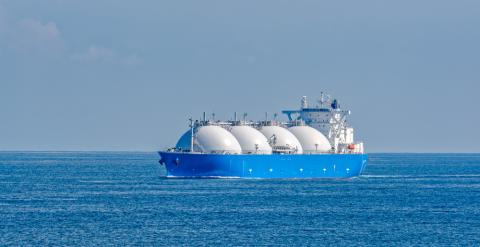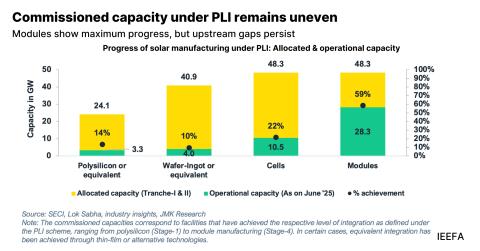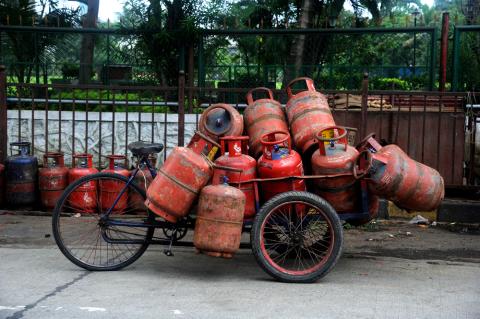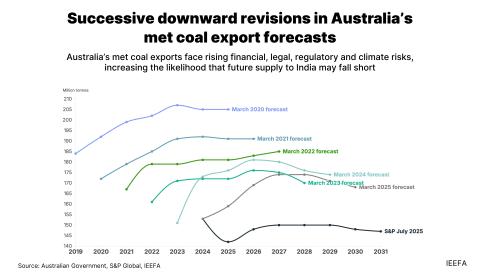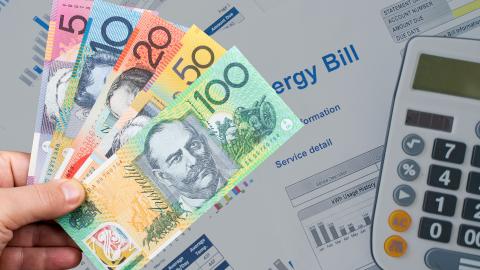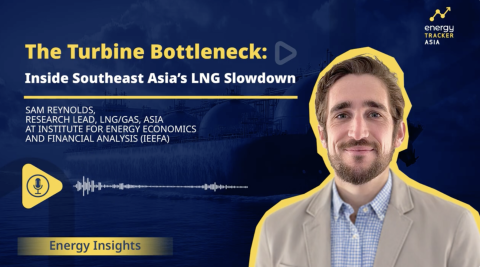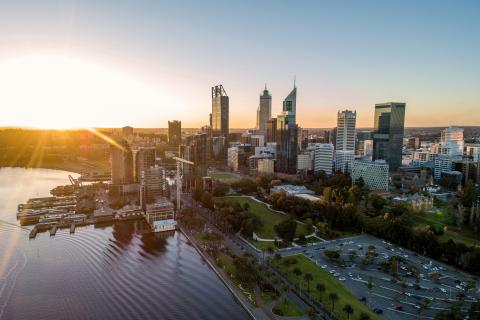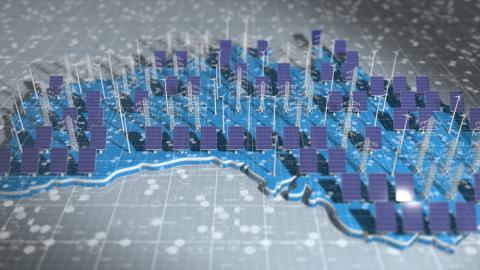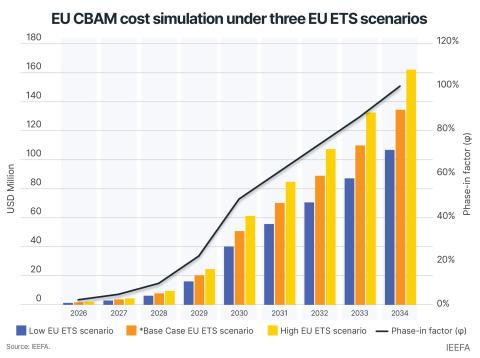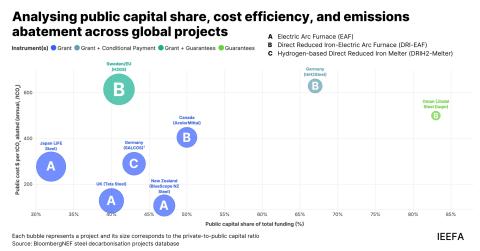
Key Findings
Planned upgrades to infrastructure carrying Queensland gas would cover the annual gas shortages predicted in Australia's southern states till 2033, buying governments time for gas demand reduction measures that would address ongoing shortfalls beyond 2033.
Planned storage developments in the southern states would also help to address the risks of short-lived peak demand day shortages in winter.
Government policy to divert gas exports to the domestic market will provide certainty for infrastructure operators to invest in necessary pipeline and storage capacity, ensuring infrastructure is sufficient.
Gas shortages in the southern states could also be addressed by reducing gas demand through electrification and energy efficiency upgrades, particularly if action is taken quickly.
Executive Summary
The Australian Energy Market Operator (AEMO) forecasts that eastern Australia could face gas shortages from 2029, due to supply from offshore Victoria declining at a faster rate than the long-term fall in gas demand in the region.
While there are still untapped opportunities to accelerate gas demand reduction in the southern states, it is likely that for them to avoid gas shortages will rely on the diversion of gas intended for export into the domestic market. This would be on top of an increase in Queensland gas supplies to southern markets already forecast by AEMO in the coming years.
This is indicative of the fact that liquefied natural gas (LNG) exporters effectively control 90% of east coast gas reserves. Moreover, Queensland has the largest commercial gas reserves in eastern Australia, as well as the lowest cost of production outside Victoria.
Reflecting this outlook, gas infrastructure operator APA Group has undertaken several expansions of its East Coast Grid, with further expansions planned by APA and other infrastructure operators in coming years. IEEFA’s analysis, drawing on AEMO forecasts, has found that if these upgrades are implemented, and if there is enough available gas in Queensland, the forecast shortages could be delayed to 2033, with sufficient capacity to 2032 (Figure 1). This would buy time for governments to pursue other measures to address gas supply issues in the longer term, including policies to reduce gas demand in households and suitable industries.

Investment in gas storage in Victoria will also be required to avoid potential peak day gas shortfalls in winter, with planned upgrades to the Iona gas storage facility and the planned Golden Beach storage site likely to be sufficient.
This is, of course, predicated on there being sufficient gas supply available for transport from Queensland to the southern states. Greater certainty of gas supply from Queensland, from a change in government policy, is likely to provide greater investment certainty to infrastructure operators.
There is a range of measures that could be implemented to improve supply adequacy in Queensland. While there has been much focus on increasing gas production, there are alternatives that could help to bolster domestic supply without the need for new fossil fuel developments. These include diversion of discretionary LNG spot sales; increased capture of fugitive methane from coal mines and gas infrastructure; electrification of the Queensland LNG plants; and LNG swaps by eastern Australian gas producers who have LNG portfolios outside the state.


